Split front windshields are a distinctive feature of many classic cars, often evoking a sense of nostalgia and charm. However, they were not merely a design choice; they were born out of practical needs and technological limitations of their time. This article delves into the historical and engineering reasons behind the prevalence of split front windshields in classic automobiles.
Evolution of Automotive Design

In the early 20th century, the automotive industry was still in its infancy, and manufacturing techniques were limited by the technology of the time. Glass production, in particular, faced significant challenges. The process of creating large, uniform sheets of glass was not yet perfected, which meant that smaller panes were more practical and economical to produce. As a result, the first cars often featured split front windshields, composed of two or more smaller sections of glass joined together to cover the front of the vehicle.
Aerodynamics also played a crucial role in the design of early automobiles. While not as thoroughly understood as today, the principles of reducing drag and improving fuel efficiency were still considered by car designers. Split windshields were believed to help streamline the vehicle’s shape, allowing air to flow more smoothly over the car and reducing resistance. This consideration was important, as it could enhance a vehicle’s performance and reduce fuel consumption, which was particularly valuable in an era when engines were less efficient than modern counterparts.
Beyond their practical benefits, split windshields also became a stylistic trend, reflecting the design aesthetics of their time. The sleek, symmetrical appearance of a divided windshield aligned with the artistic movements of the early to mid-20th century, such as Art Deco. Many classic car models, like the 1940 Ford Deluxe Coupe, showcased these design elements, making split windshields a signature feature of the era’s automotive design.
Technological Constraints

The limitations of early glass production technology were a significant factor in the prevalence of split windshields. At the time, creating large, single pieces of automotive glass was a challenge. The techniques used often resulted in imperfections and brittleness, making smaller, split sections a more reliable and cost-effective choice. Advances in glass production eventually led to better methods, but during the heyday of split windshields, manufacturers had to work within these constraints.
Split windshields also contributed to the structural integrity of vehicles. The design allowed for additional support and rigidity within the car’s frame, which was crucial for the overall durability of the vehicle. The windshield’s split design meant that the pillars separating the glass sections could offer extra strength to the car’s structure. This was particularly important in an era when car bodies were not as robust as they are today.
From an economic standpoint, using smaller sections of glass was more economical and less wasteful during production. Smaller panes could be cut with greater precision, reducing waste and lowering costs. For manufacturers, this made split windshields an attractive option, as it allowed them to balance the demands of production efficiency with the aesthetic and functional needs of their vehicles.
Impact on Safety
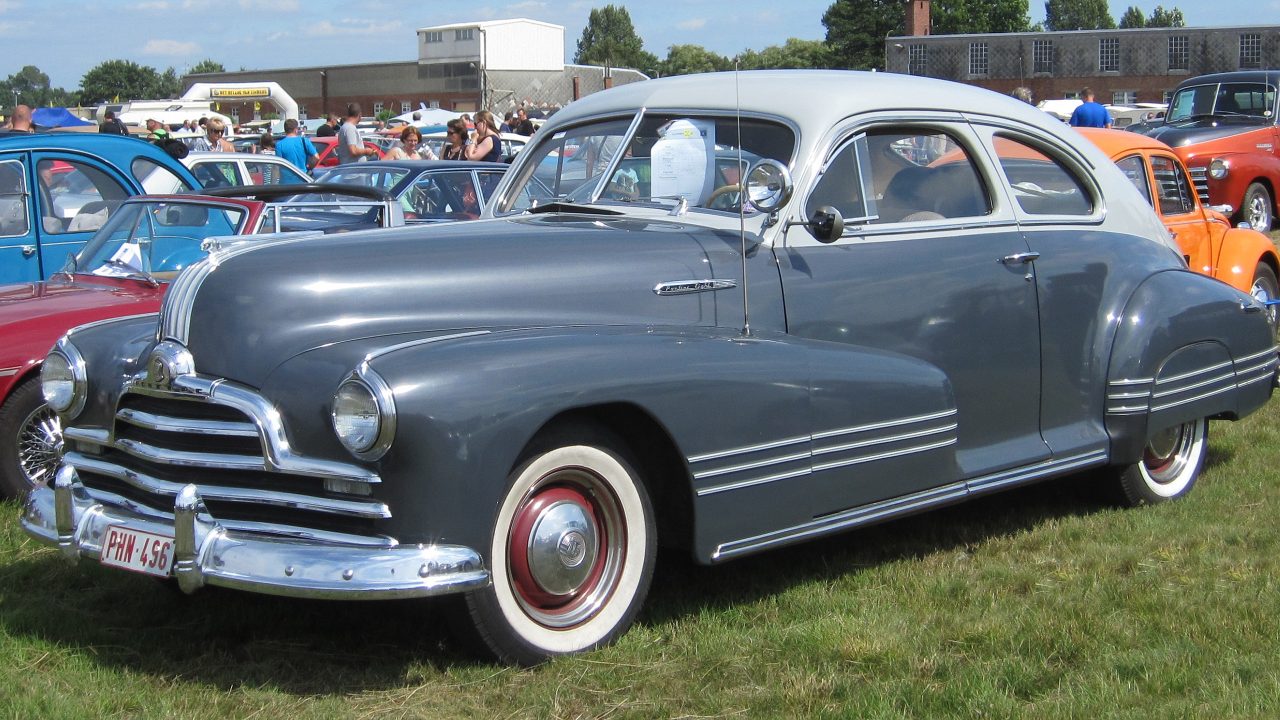
Despite their charm, split windshields had a practical side in terms of safety. The durability and functionality of these windshields were designed to minimize shattering upon impact, enhancing driver safety. In the event of a collision, the smaller panes were less likely to break into large, dangerous shards. This feature provided an added layer of protection for the occupants of the vehicle.
However, split windshields were not without their drawbacks. One notable issue was visibility. The central divider could obstruct the driver’s view, creating blind spots and potentially contributing to accidents. Additionally, the split design could cause glare issues, as light refracted differently through the separate panes of glass. These challenges were significant factors in the eventual transition to single-piece windshields.
The shift from split to single-piece windshields was driven by advancements in technology and safety regulations. As glass production techniques improved and safety standards became more stringent, the automotive industry moved towards larger, single-piece windshields. These offered better visibility and fewer potential hazards, aligning with the evolving priorities of car manufacturers and regulators.
Cultural and Historical Significance
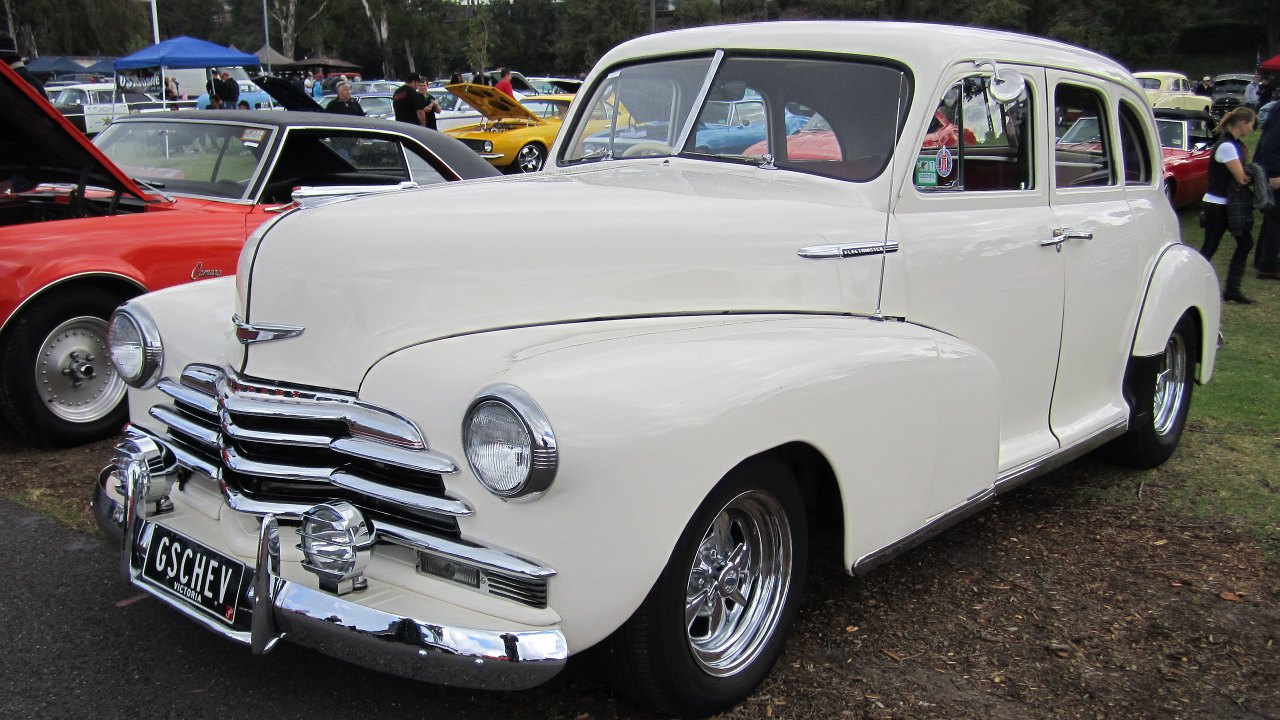
Split windshields hold cultural and historical significance, particularly in the world of classic car enthusiasts. Iconic models, such as the 1953 Chevrolet Corvette and the Volkswagen Beetle, are celebrated for their distinctive split windshields. These vehicles have left a lasting legacy in car culture, symbolizing an era of innovation and style in automotive design.
The nostalgia associated with split windshields continues to captivate collectors and enthusiasts today. Many seek out these classic cars for their unique aesthetic and historical value. The interest in split windshields is also fueled by their representation in media and popular culture. Films, television shows, and advertising have often romanticized these cars, contributing to their enduring legacy.
In addition to their cultural impact, split windshields have been immortalized in various forms of media. They often appear in films and television as symbols of a bygone era, capturing the imagination of audiences and cementing their place in automotive history. This romanticization has helped maintain their popularity and relevance, even as the automotive industry has moved on to more modern designs.
Modern Interpretations and Inspirations

While the era of split windshields may have passed, their influence can still be seen in contemporary car design. Modern designers often draw inspiration from classic elements, incorporating retro styles into concept cars and retro-styled models. The split windshield design, with its nostalgic charm, continues to inspire innovations that blend old-world aesthetics with cutting-edge technology.
Advances in materials and technology have also allowed designers to reimagine classic designs for the modern era. New materials, such as laminated glass and advanced composites, enable the creation of windshields that offer the aesthetic appeal of split designs without the drawbacks. These developments ensure that the influence of split windshields remains relevant in the automotive industry.
Looking to the future, the fascination with classic design elements like split windshields may influence upcoming trends in the automotive industry. As designers and manufacturers seek to balance nostalgia with innovation, the timeless appeal of split windshields could inspire new generations of vehicles. Whether through concept cars or the incorporation of vintage aesthetics, the legacy of split windshields is likely to endure, shaping the future of automotive design.
Like Fast Lane Only’s content? Be sure to follow us.
Here’s more from us:
*Created with AI assistance and editor review.

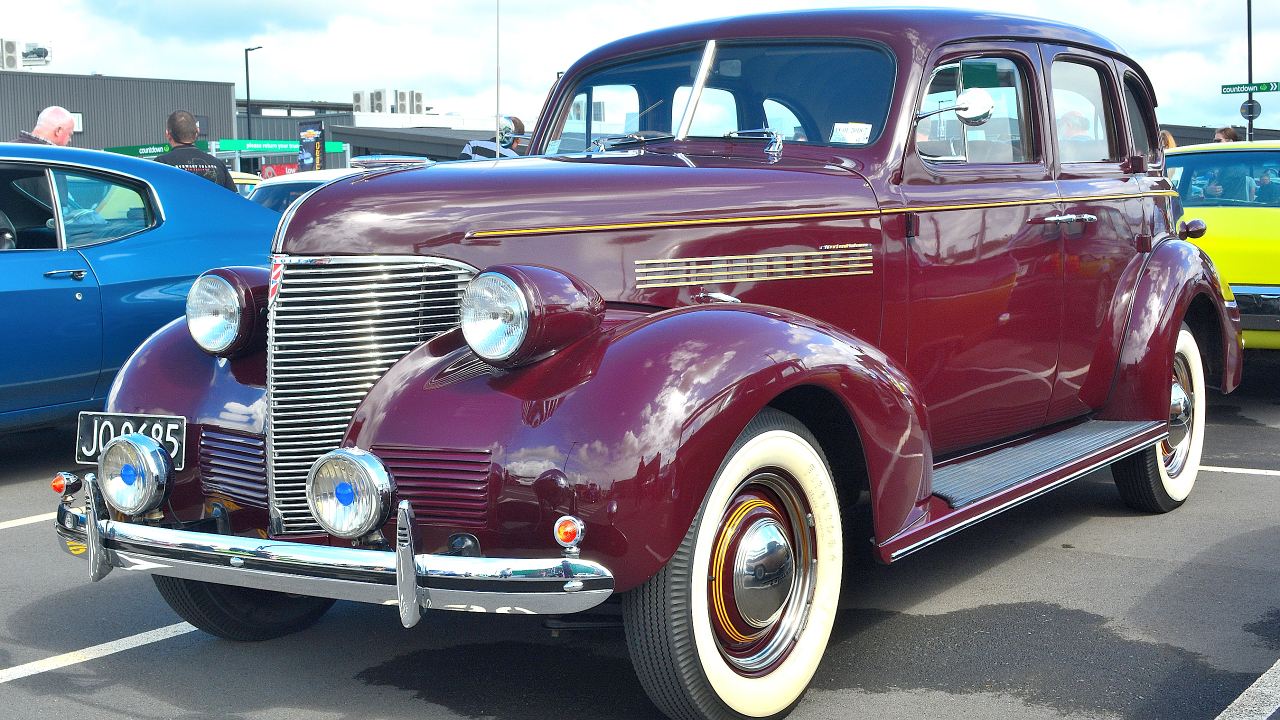
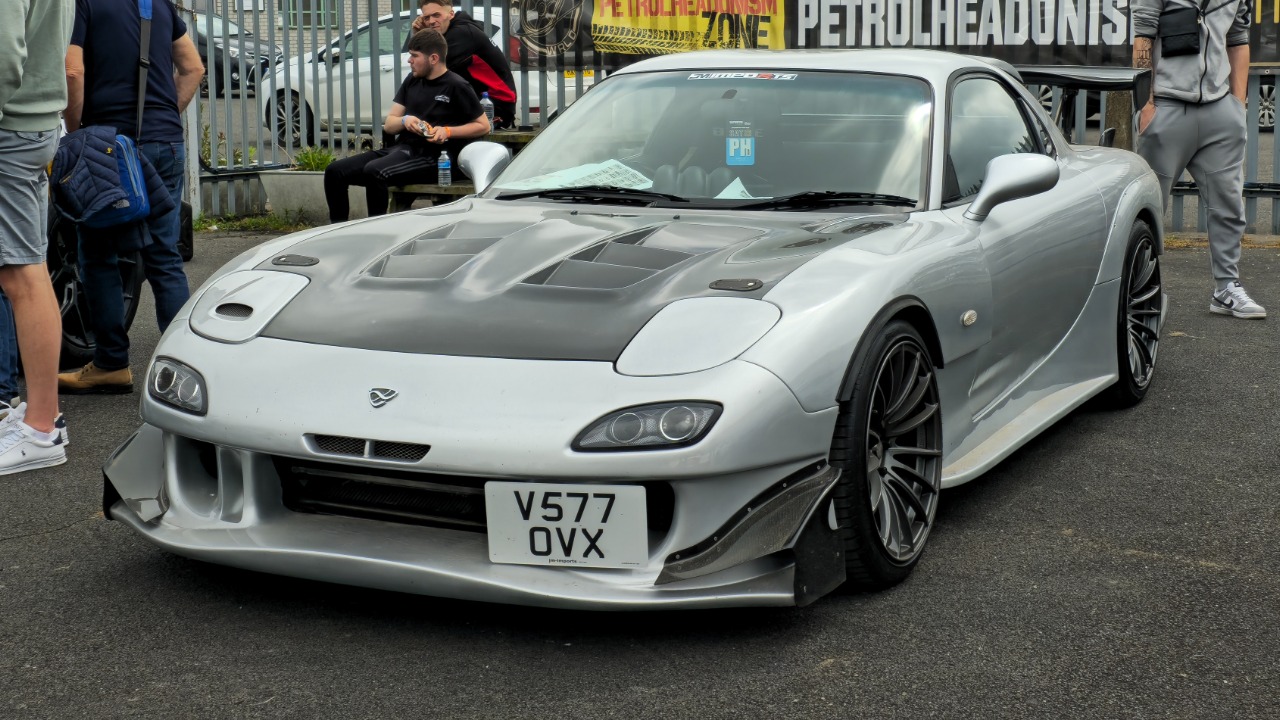
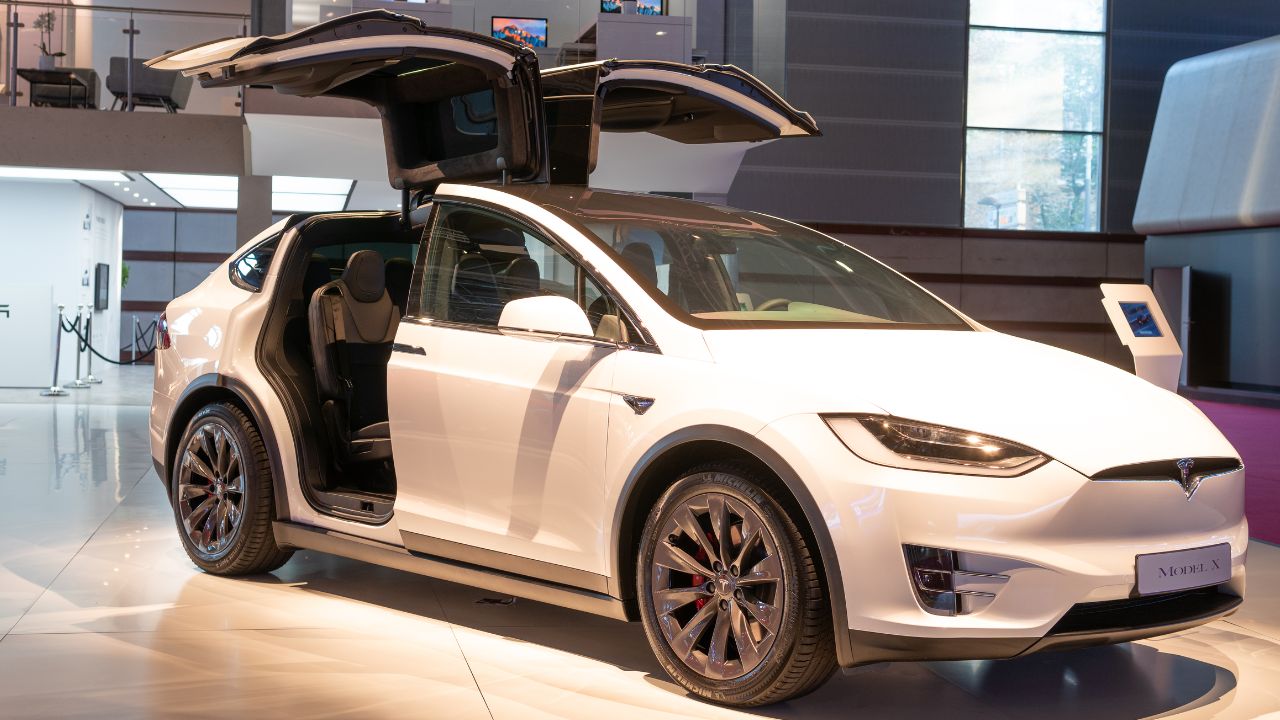

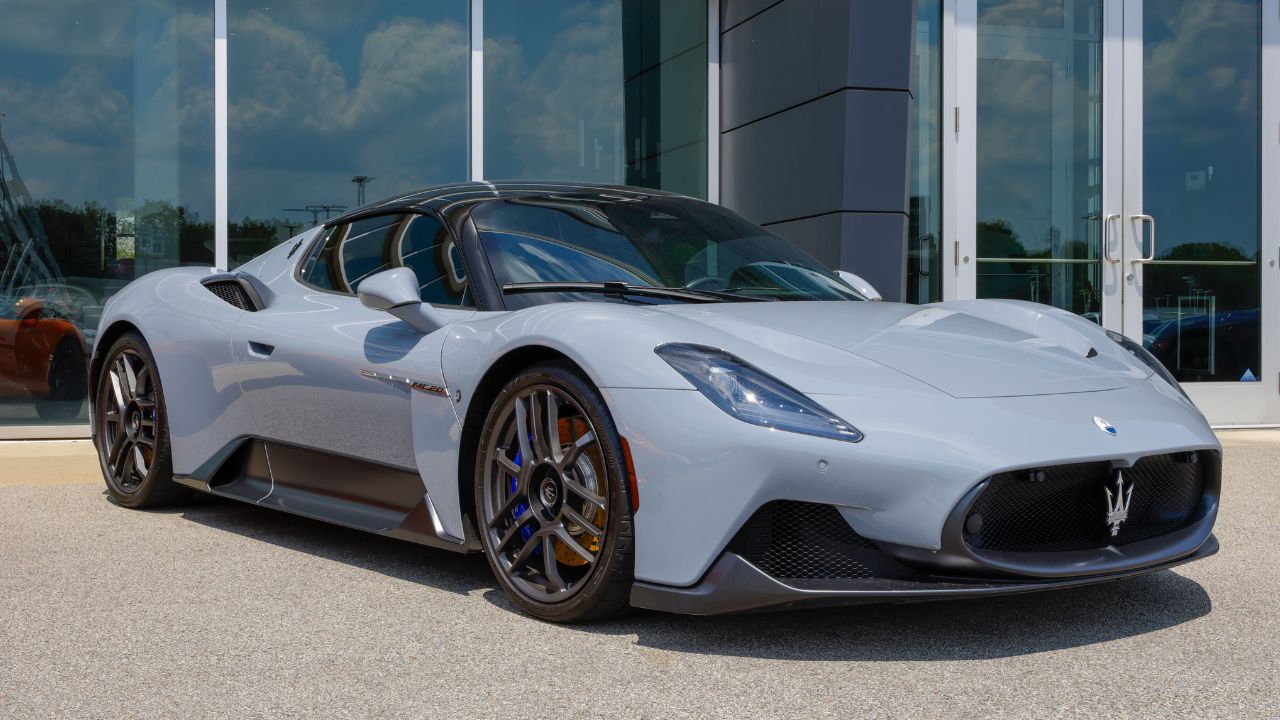
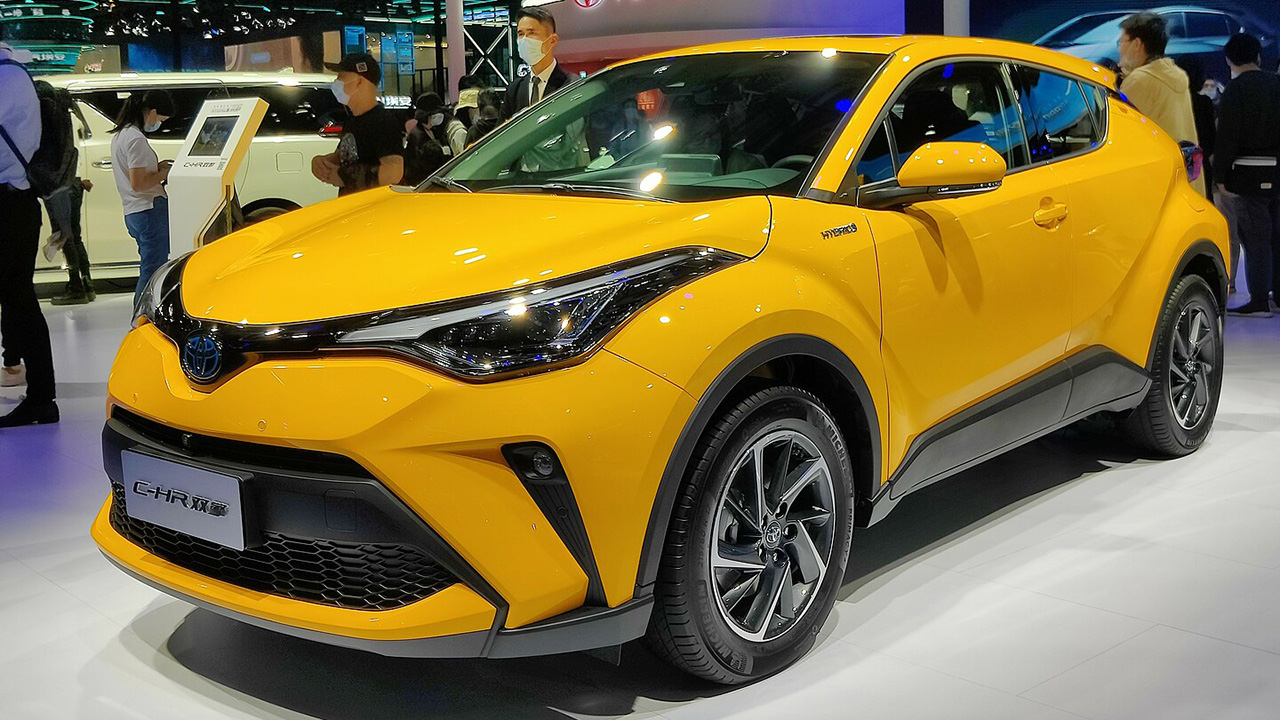
Leave a Reply